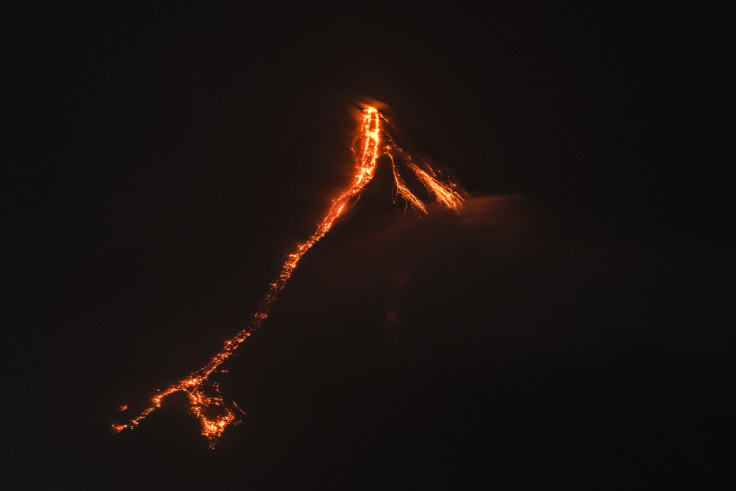There’s Another Volcano In The Philippines That’s In Danger Of Erupting

KEY POINTS
- Aside from Taal, there's another volcano that's in danger of erupting
- Mayon Volcano has been on Alert Level 2 since March, 2018
- The volcano's sulfur dioxide emissions have been consistent
Aside from the Taal Volcano in the Batangas province, there is another volcano in the Philippines that is also in danger of erupting. According to a recent bulletin released by a local agency, the country’s Mayon Volcano has maintained its current Alert Level status.
Mayon Volcano is located in the province of Albay. It is located about 430 kilometers from Taal Volcano and is renowned for its perfect cone shape.
It is regarded as the most active volcano in the Philippines with almost 50 eruptions in the last 500 years. Due to its status, the Philippines Institute of Volcanology and Seismology (PHIVOLCS) of the Department of Science and Technology (DOST), has been closely monitoring it.
The status of the volcano has been on Alert Level 2 since March of 2018. It began showing signs of unrest in January of the same year after spewing lava and ash plumes from its crater. This volcano’s active state has prompted local authorities to implement a permanent 6-kilometer danger zone around Mayon in preparation for a sudden eruption.
In a recent bulletin released by PHIVOLCS, the agency reported that the volcano’s sulfur dioxide emission has been consistent at around 115 tons per day. In volcanoes, this usually indicates the upward movement of magma. Despite the possible indication of magmatic activity, the agency noted that it had not detected volcanic earthquakes in the past couple of days.
Compared with the Taal Volcano, which is currently at Alert Level 3, Mayon is relatively calmer. However, even though the latter is only at Alert Level 2, the PHIVOLCS noted that the volcano can still display moderate activity. If its condition worsens, the increased volcanic activity could lead to an eruption.
“Alert Level 2 currently prevails over Mayon Volcano,” the agency stated. “This means that Mayon is at a moderate level of unrest. DOST-PHIVOLCS reminds the public that sudden explosions, lava collapses, pyroclastic density currents or PDCs and ashfall can still occur and threaten areas in the upper to middle slopes of Mayon.”
PHIVOLCS also warned pilots to avoid flying close to Mayon’s summit since debris from sudden explosions can endanger their aircraft.
© Copyright IBTimes 2024. All rights reserved.





















